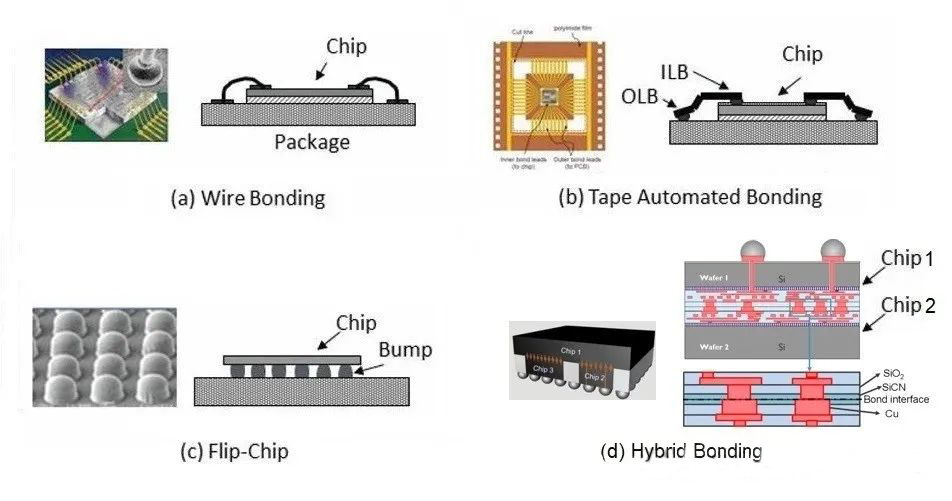Progress and challenges of high-speed VCSEL technology
- forrest86
- May 30, 2023
- 2 min read
Let's see the classification of the VCSEL:
Edge-Emitting Laser (EEL) and Surface-Emitting Laser(SEL)

The low cost of VCSEL is mainly reflected in the fact that the light-emitting area does not need to be directly touched by external technology, and the side emitting side needs to be etched or cleaved, and it needs to be coated. These processes have a huge risk of failure.
The second factor is that the GaAs wafer used for VCSEL is larger than the edge-emitting InP wafer, and the unit cost is very low.
Advantage of Surface-Emitting Laser(SEL)
(1) Low cost
Surface-emitting lasers do not require cavity surface technology
DFB preparation: one epitaxy - photolithography - two epitaxy...
VCSEL preparation: Epitaxy - Photolithography - Oxidation ... Thinning - Scribing
(2) Low power consumption

(3) Easy to integrate

For how to improve the bandwidth of VCSEL, there are several aspects. For example, increase the differential gain, shorten the cavity length, reduce the damping factor, reduce the parasitic limit and so on. The cavity length of VCSEL is difficult to be greatly reduced. The following formula is a general formula of DML.
Improve VCSEL bandwidth

For VCSEL, the intrinsic bandwidth is very large, but the actual application bandwidth has been developed to around 25GHz, and it can reach 30GHz, which is already quite large. The reduction in bandwidth is mainly caused by parasitic RC, relaxation oscillation fr, which is thermal limitation.
Laser Bandwidth Limiting Factors

Improving the bandwidth is to increase the D factor and use it as an optimization path by increasing the differential gain. In 2009, InGaAs was used to make quantum wells, and the D factor was increased to 7.67.
Increasing Bandwidth: Replacing GaAs/AIGaAs with InGaAs/AIGaAs

By reducing the diameter of the oxidation hole, reducing the junction capacitance, reducing parasitic parameters, and using InGaAs quantum wells to increase the D factor, in 2022 Sumitomo will choose a 5.5 micron aperture, a bandwidth of about 23GHz, and a D factor of 10.3
Adjustment of oxidation hole diameter and adjustment of D factor

Finisar VCSEL Bandwidth@2022

Broadcom VCSEL Bandwidth@2023

Lumentum VCSEL Bandwidth@2023







Comentarios